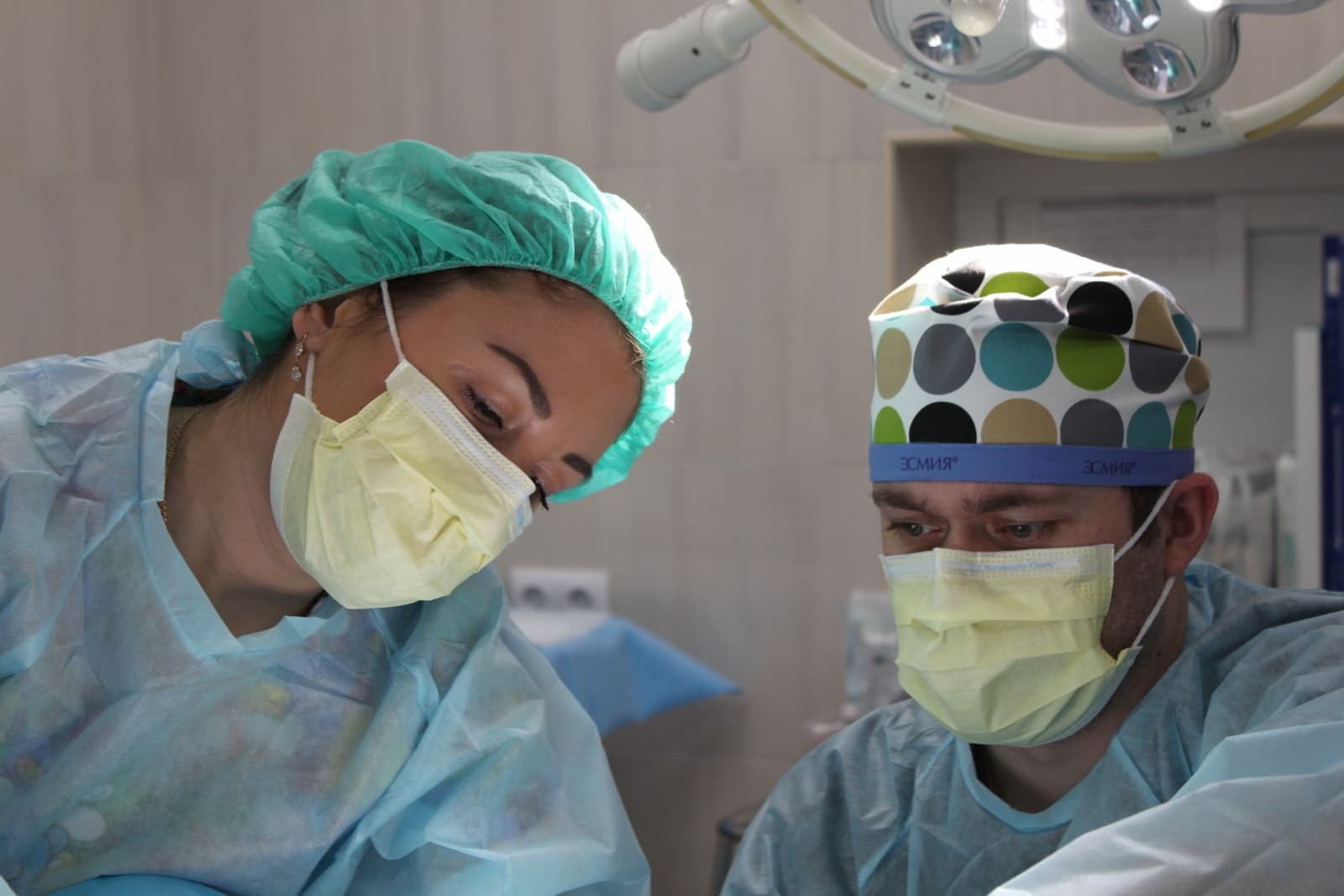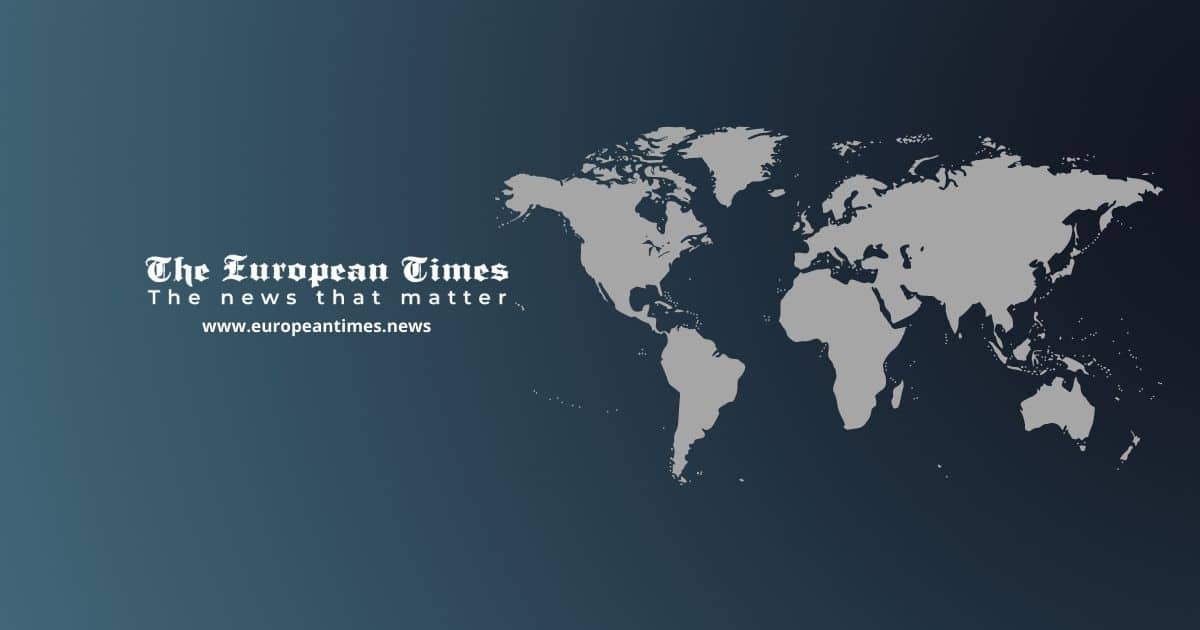But you have to wonder what it’s like to swim around with that thing.
To investigate, Parsons and his colleagues turned to computational fluid dynamics. There are at least eight hammerhead species. The researchers included all eight species in their study, laser-scanning the heads of preserved museum specimens to “capture the physical shape in minute detail,” Parsons says. Each digitised head was then placed in a virtual underwater environment, allowing the researchers to measure water pressure, drag and flow. They then did the same for a few shark species with more typical pointy heads.
When a hammerhead’s cephalofoil was level – as is typical when they are swimming – it did not generate lift, the researchers found.
But as soon as the cephalofoil was tilted up or down, the force quickly came into play, enabling a rapid ascent or descent. This helps to explain why hammerheads are “much more manoeuvrable than a typical shark,” says Parsons, who thinks the skill may help them snap up food from the seafloor.
– Cara Giaimo
In birds, “we know that species that have a broader diet tend to have bigger brains,” Sayol says. The challenge of finding and consuming a wide variety of foods may demand a large brain. However, Sayol says, “We found the opposite in bees.” The biggest brains were in dietary specialists, such as the aster-loving large shaggy bee.
Sayol speculates that a broad diet might be less of a challenge for bees than it is for birds, because all bees feed on flowers. A bee with a broad diet can fly into a field and drink the first nectar it finds. But a bee with a specialised diet may have to spot its preferred bloom, with its specific colour and fragrance, among a whole field of similar flowers – a task that might require more brain.
Larger brains have also been linked to social behaviour in primates and other mammals. But scientists found no connection between brain size and whether a bee lived in hives like honeybees or was a loner like our big-brained aster-eater.
– Elizabeth Preston
Based on DNA analysis and comparison to modern populations, they found that people genetically similar to modern Danes and Norwegians generally headed west in their raids and trading, while “Swedish-like” people mostly headed east. The findings are based on graves of raiders or traders in England, Ireland, Estonia and elsewhere.
However, they found that this was only a general pattern. Sometimes Swedish-like groups headed west, and the others headed east.
They also found considerable genetic variation in the ancient remains, indicating migration of southern Europeans, before the Viking Age, to the area of Denmark, which undermines any idea of a single Nordic genetic identity.
The earliest evidence of a Viking expedition comes from a burial site dated to around 750AD in Salme, Estonia, where two Viking ships were buried; seven men in one, 34 in another, with weapons, provisions, dogs and birds of prey. No one knows whether this was a raid, or a diplomatic or trading expedition gone wrong, but the men appear to have been killed violently and buried as warriors.
The DNA analysis showed that four of the men were brothers and they were related to a fifth man, perhaps an uncle. One of the report’s authors, Neil Price, an archaeologist at Uppsala University in Sweden, says: “We kind of suspected that you go raiding with your family, but it shows that they really did.”
– James Gorman
Wearing fungal leather doesn’t mean wearing a mushroom motorcycle jacket. Instead, it’s made from a mat of mycelium, the underlying threadlike root networks from which fruiting bodies pop up after a rain. These mycelial mats grow easily on just about any organic material.
Beginning in the 1950s, inventors began to file patents based around fungal mats as a material for paper, wound dressings and a range of other products, but they never fully caught on, says Mitchell Jones, lead author and materials scientist from the Vienna University of Technology.
But in the last decade, companies like MycoWorks and Bolt Threads have begun manufacturing and selling fungal leather products.
“With leather, you’re limited to the skin that an animal produces over its life, whereas mycelial mats can be grown to specifications,” says Sophia Wang, co-founder of MycoWorks.
Bismarck says the potential for custom materials is huge because different kinds of fungus have different properties, such as toughness and water resistance, and there are potentially millions of species to choose from.
Fungal leather is also potentially more sustainable than other leather sources. The tanning process is energy-intensive and produces quite a bit of sludge waste – and the production of synthetic leather requires plastic, which involves oil. “You’re getting a biological organism to do all of your manufacturing for you, so there’s no real energy requirement,” Jones says.
“It doesn’t require light. And once you’ve got this material, you can process it according to quite simple chemical treatments compared to what you would normally do for leather tanning.”
– Asher Elbein
Sometimes food fights back
Peering through a microscope in 2016, Dania Albini gazed at an algae-eating water flea. Its gut appeared full and green with all the ingested teeny-tiny Chlorella vulgaris algae. But she also observed bright green blobs of this phytoplankton in an unexpected place: the herbivore’s brood pouch.
“I was really surprised to see them there,” says Albini, an aquatic ecologist then at Swansea University in Wales.
As the colonisation continued, the algae enveloped the tiny creature’s eggs, killing some eggs and resulting in fewer newborns, according to a study led by Albini and published in Royal Society Open Science. With the algae still alive, the researchers suspect that Chlorella deploy an offence strategy as opposed to a typical defence to protect themselves from herbivory.
“You don’t expect a food to attack a predator in this way,” Albini says. “You expect it from a parasite, but not food. It’s fascinating.”
Phytoplankton are typically single-celled photosynthetic organisms that form the foundation of aquatic food chains. Among them are microalgae like Chlorella vulgaris that float on surfaces of ponds and lakes, making them easy meals for widespread zooplankton like Daphnia magna. To keep grazers at bay, some microalgae form spines, release toxins or aggregate to a size that’s larger than a predator can swallow.
But sometimes, Chlorella make their way inside a grazer’s body – not in the belly as food, but into the chamber housing the zooplankton’s offspring. Water circulates through this brood chamber and supplies oxygen and nutrients to the young, and seems to pull in some algal cells. While in this chamber, the researchers found during lab experiments mimicking some natural conditions, the algae were alive and able to double in abundance.
When algae managed to colonise a brood chamber, the zooplankton barely produced any viable eggs. Kam Tang, a plankton ecologist also at Swansea and co-author of the study, reckons that the “biological glue” that Chlorella cells produce helped them stick to each other and possibly to the brood chamber and the eggs, smothering most of the zooplankton’s next generation.
Why do Chlorella engage in this harmful intrusion? The researchers suggest that this offence strategy might protect algae cells from being grazed upon and trigger a reduction in zooplankton populations in lakes in the long run.
But what remains unknown is whether the live Chlorella inside Daphnia brood chambers actually make their way out into the water or remain trapped?
“There is no reason to assume that this is beneficial for the algae,” says Dieter Ebert, an evolutionary biologist at the University of Basel in Switzerland, who wasn’t involved in the study. “They have no chance to get out.”
– Priyanka Runwal
© The New York Times














